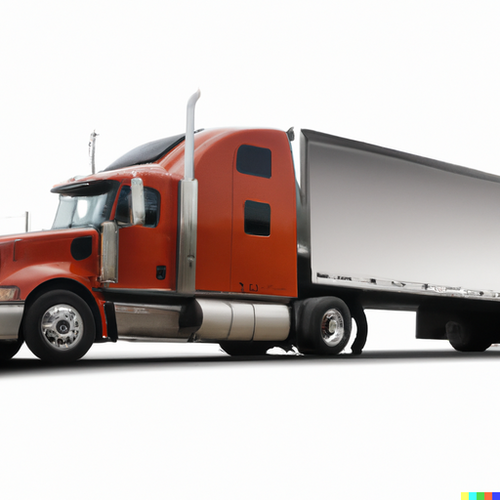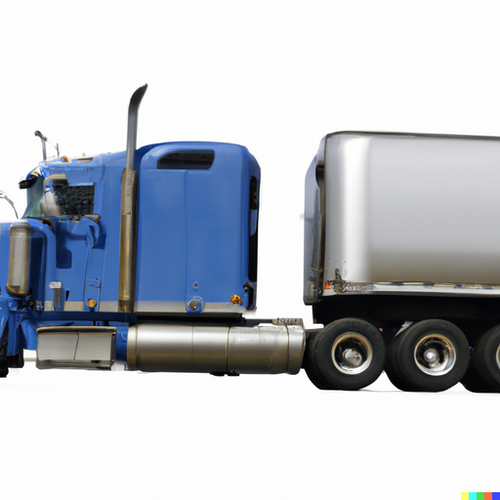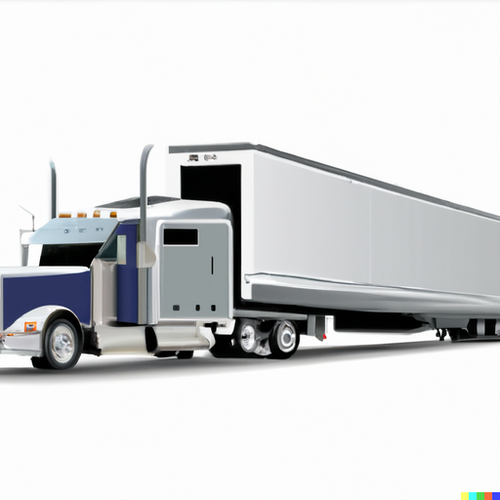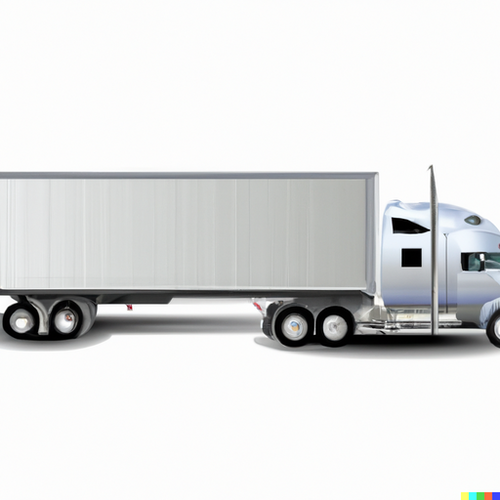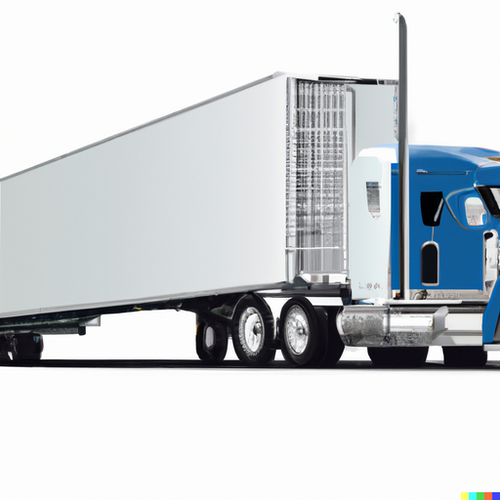Health Issues for Truck Drivers
The effect of the health issues on road safety
The life of a truck driver is often romanticized in popular culture presenting images of open roads, freedom, and the lure of the distant horizon. However, beneath this is a grueling job fraught with health problems that could directly or indirectly lead to accidents. This article examines the intricate relationship between health issues for truck drivers and their effect on road safety.
1. The Sedentary Nature of the Job:
The work of truck drivers requires long hours of sitting, with little physical activities. A life-style that is sedentary can trigger various health problems, such as weight gain, cardiovascular disease and musculoskeletal disorders. These conditions can affect an individual's ability to react quickly in emergencies and can increase the risk of accidents.
2. Sleep Disorders
Sleep apnea can be described as a condition in which breathing repeatedly stops and then resumes throughout sleep. It is a common occurrence in truck drivers due to obesity and bad lifestyle choices. This disorder leads to an insufficient, unrestorative sleep pattern, causing daytime drowsiness, reduced alertness, and impaired cognitive function, all of which can be detrimental to safe driving.
3. Dietary Challenges
Access to healthy meals on the road is difficult. Fast food and snacks that are processed are often the only options available to drivers, resulting in inadequate nutrition. A diet containing a lot of fats and sugar can lead to hypertension, diabetes and other diseases that can impair vision, reaction time and general cognitive function.
4. Mental Health Concerns:
The driving of a truck can be lonely when you work long hours away. This, in conjunction with the fact that you're far from family members can trigger feeling of depression, anxiety and loneliness. Mental disorders can impact the driver's ability to concentrate, to make choices and respond effectively to road conditions.
5. Vision Impairments:
Certain truck drivers might not be able to afford regular health checks due their life style. When untreated, vision problems, whether due to age, diabetes or other ailments can affect the ability of truck drivers to identify dangers and determine distances.
6. Substance Abuse:
A few truck drivers turn to prescription drugs or alcohol to help them cope with the pressures of their job. Drug abuse can cause impairment to judgment, slow reaction times and result in sleepiness. This is a dangerous combination to be aware of when driving.
7. Chronic Pain and Medication
The physical strain of loading and unloading cargo, combined with prolonged sitting, can result in chronic pain, specifically in the back and neck. Drivers may utilize prescription or non-prescription painkillers to relieve the discomfort. But, these medicines can cause drowsiness and diminished alertness.
8. Stress and Fatigue
Stress can result from having to navigate traffic, meeting tight deadlines for delivery or battling bad weather. Stress can cause fatigue, which reduces the ability of drivers to concentrate and increasing the risk of making errors.
9. Lack of Regular Medical Check-ups
Due to their busy lifestyles the majority of truck drivers fail regular health screenings. It means that potential health problems aren't detected and treated at a young stage, leading to their severity increasing and eventually impairing driving ability.
10. Solutions and Proactive Measures
Health Screenings: The company should make it a priority to encourage drivers to go through regular health checks to detect and treat potential problems early.
- Dietary interventions by providing drivers with more nutritious options for meals at truck stops, and by educating them on the importance of nutrition, you can help them make more healthy eating choices.
- Mental Health Support Counseling assistance, helplines, and support groups can help drivers deal with the mental demands associated with their work.
Ergonomic Cab Design: Improving ergonomics in truck cabs reduces the physical strain of drivers and minimizes the risk of developing musculoskeletal disorders.
Awareness and Training: Teaching drivers on the dangers associated with certain health conditions and medications can encourage safer driving practices.
Conclusion:
The safety of truck drivers is a vital part of the safety of our roads. They are the core of the logistics industry and are entrusted with a large amount of responsibility. Being sure of the wellbeing of these drivers is not only an act compassion however, it is a critical factor in ensuring safer roads. As people become more aware of these dangers an effort by transport companies, health experts and policymakers could pave the way for better drivers and safer roads.
